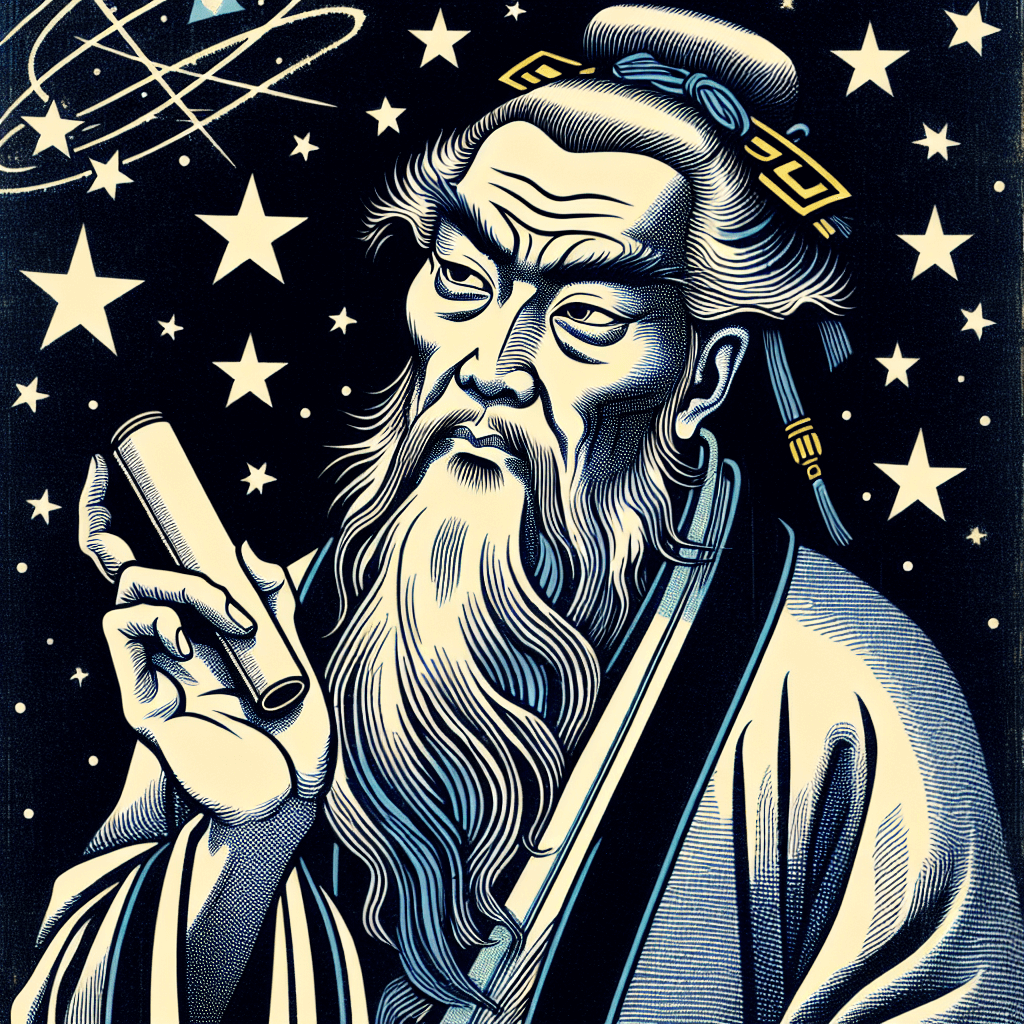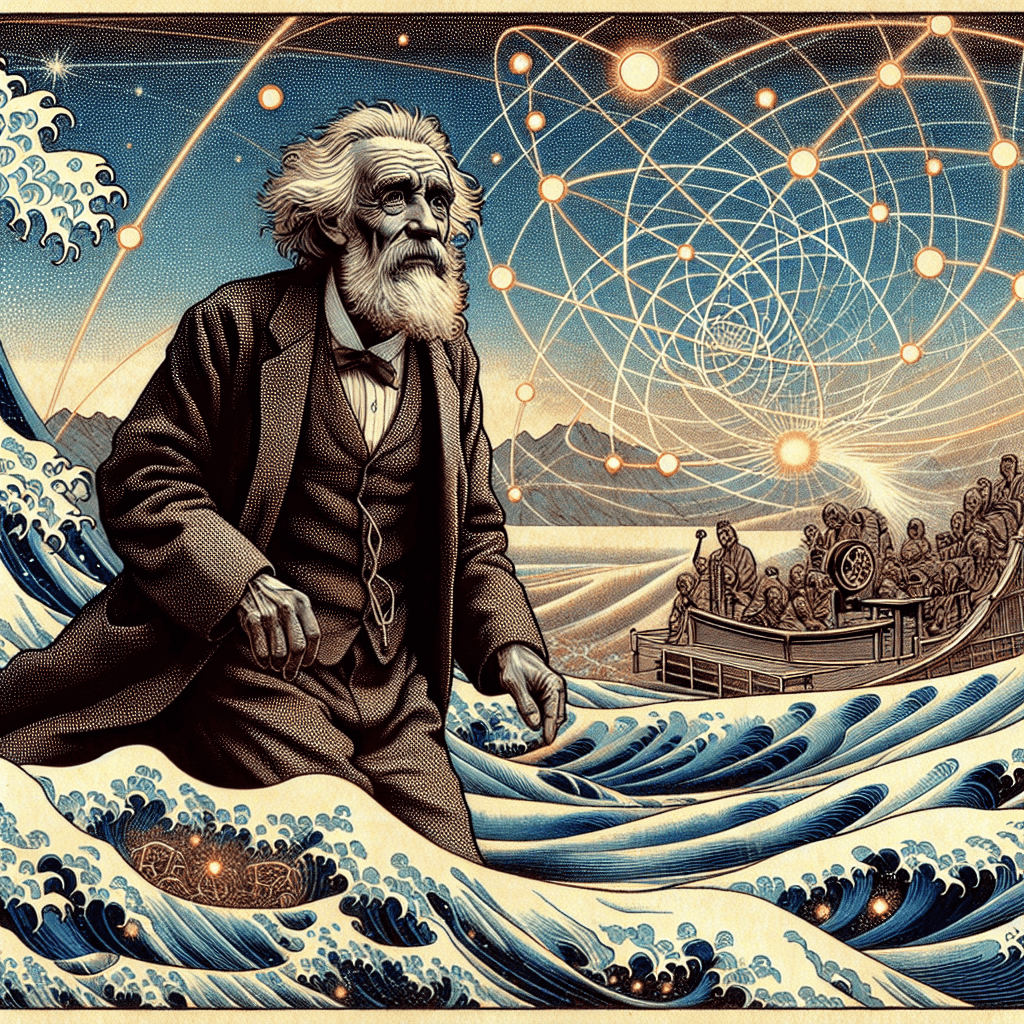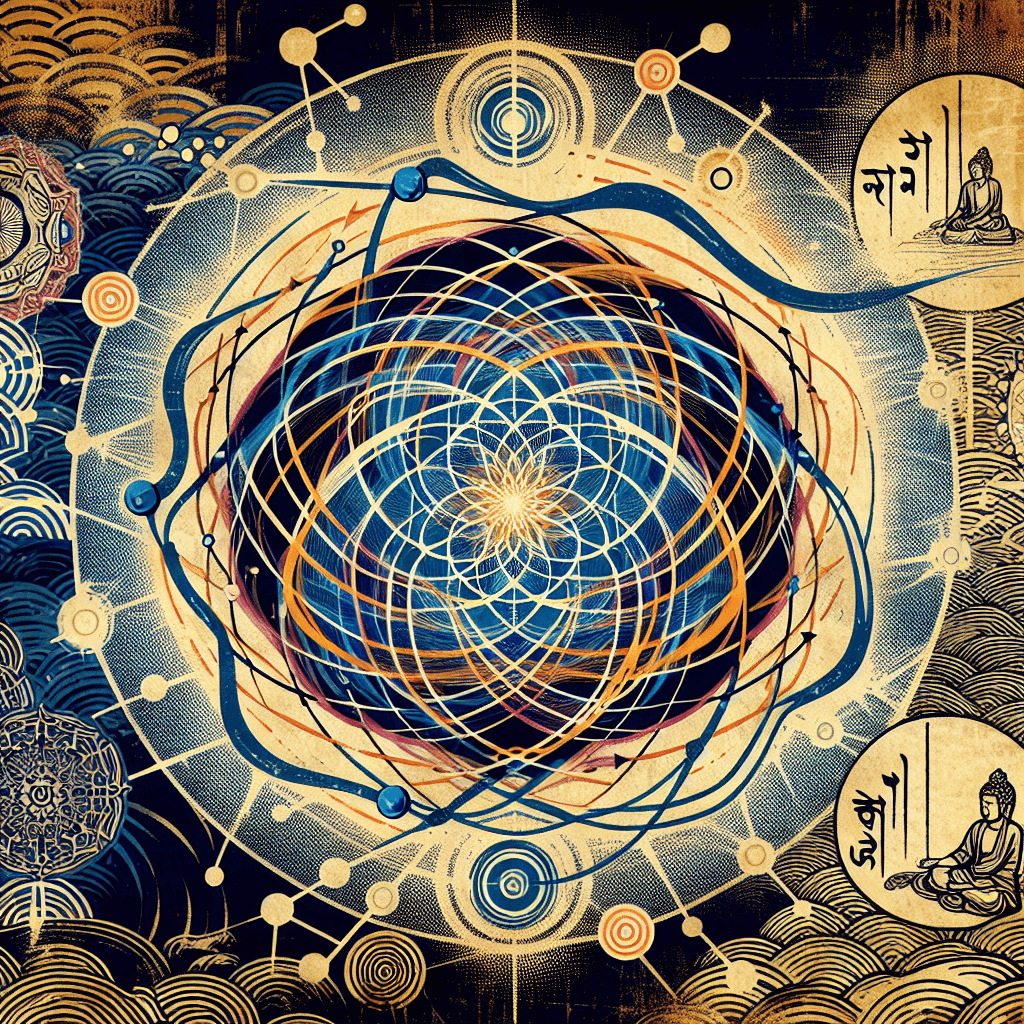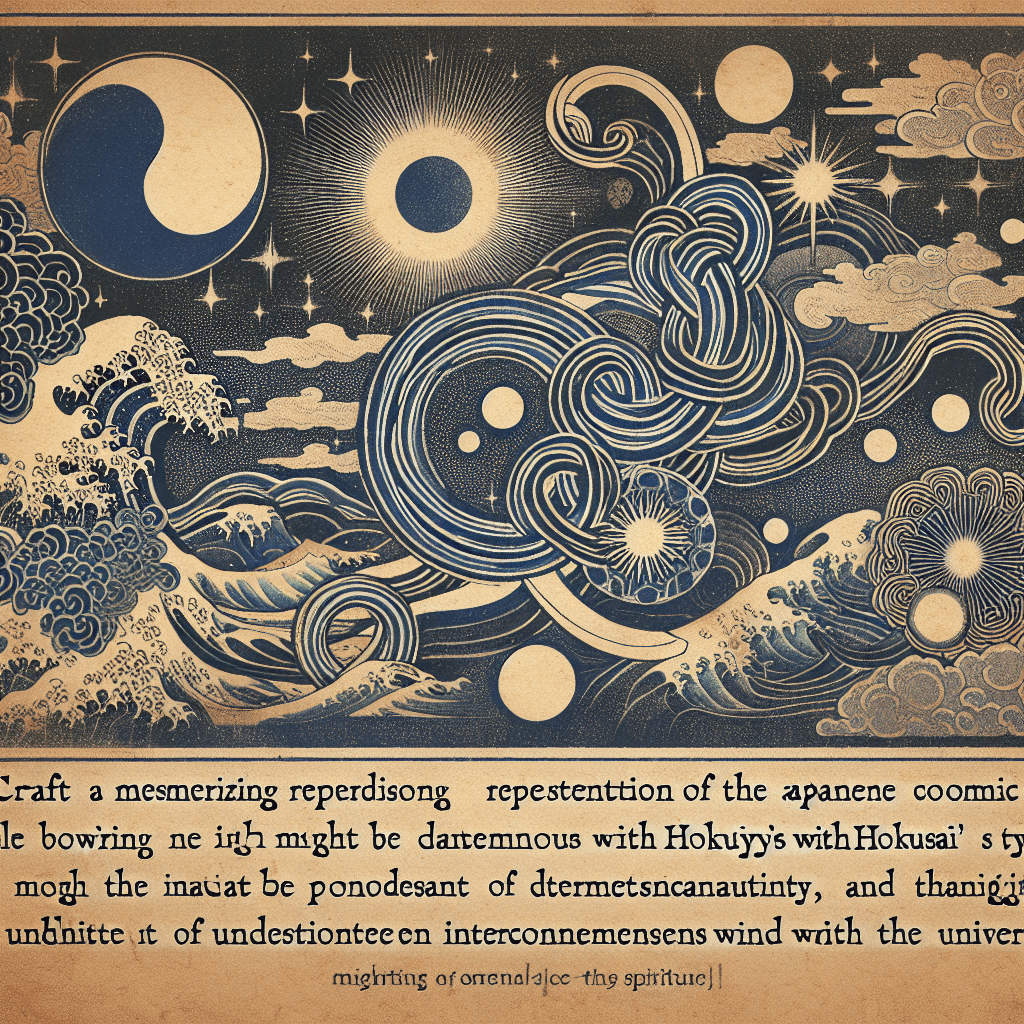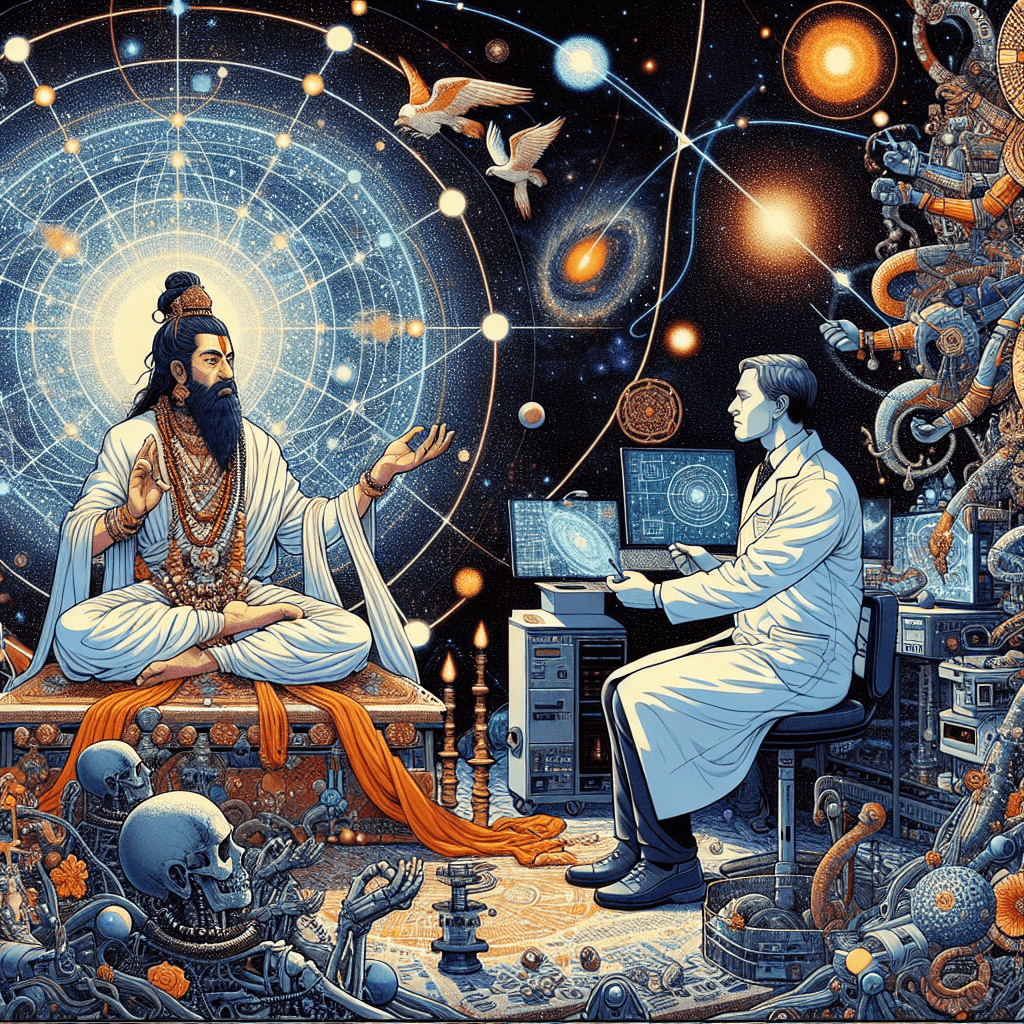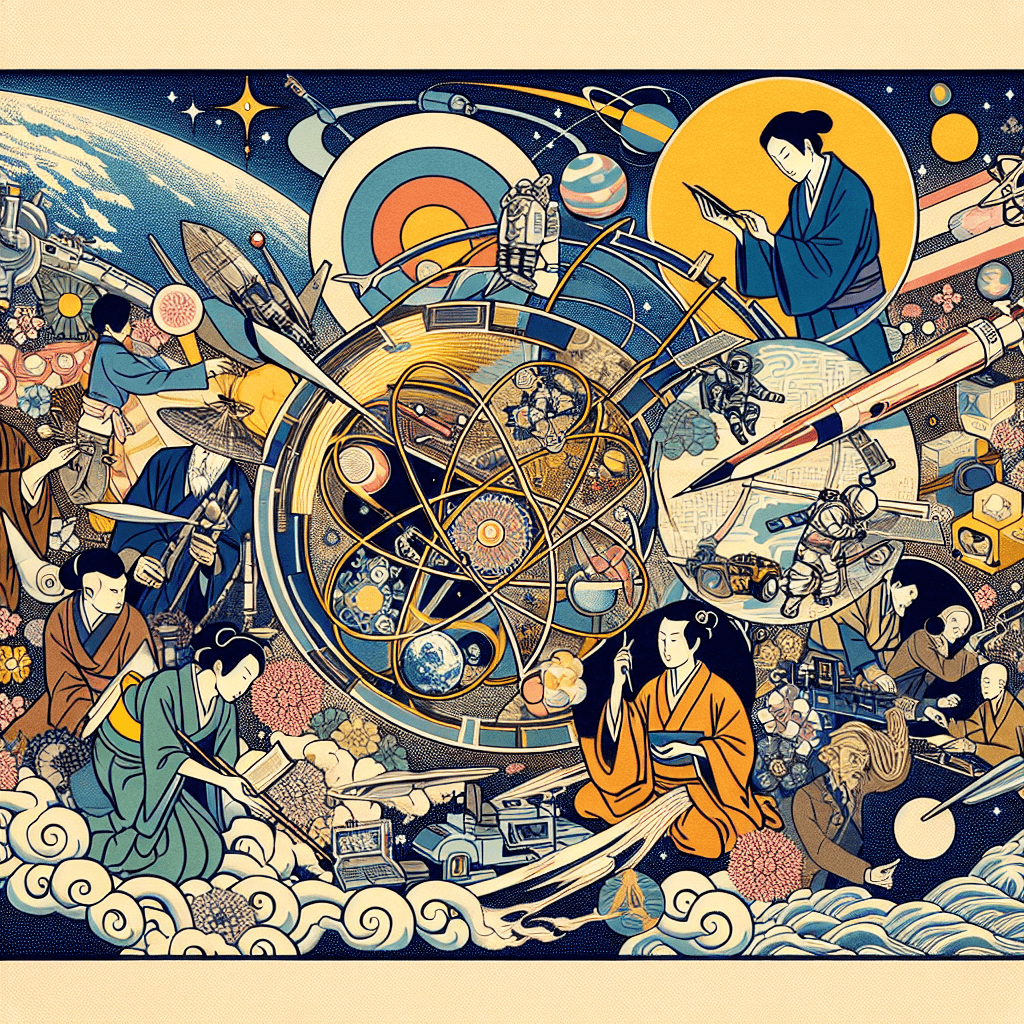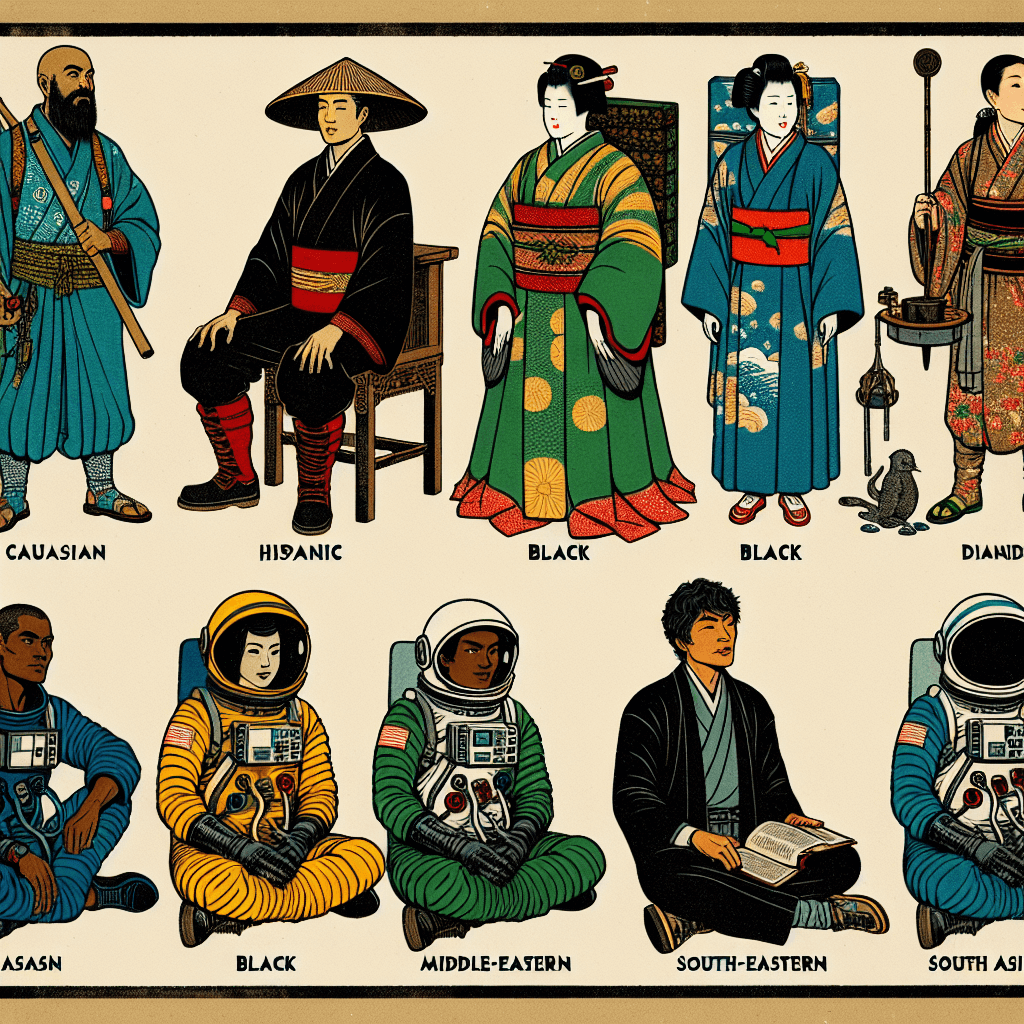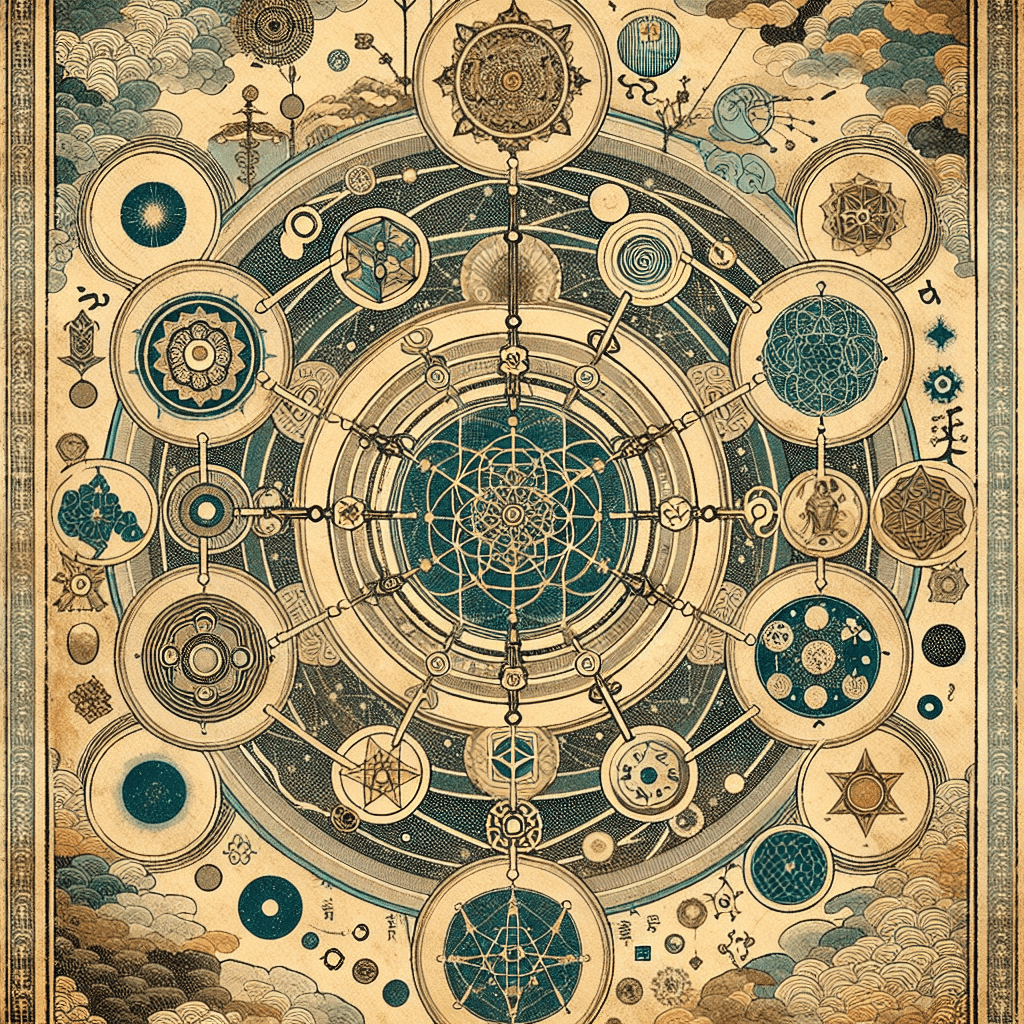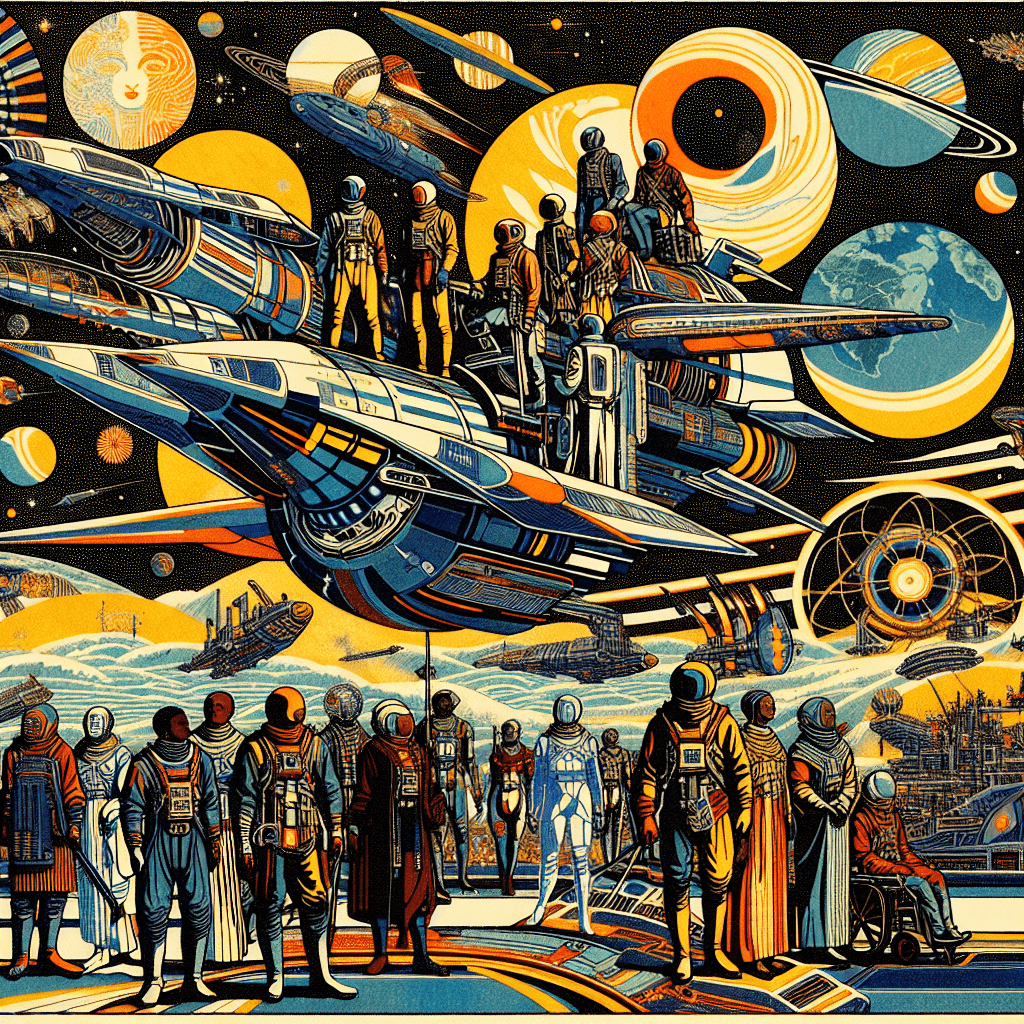Comparing Mystical Cosmologies with Modern Scientific Theories
syndu | Aug. 29, 2024, 2:02 p.m.
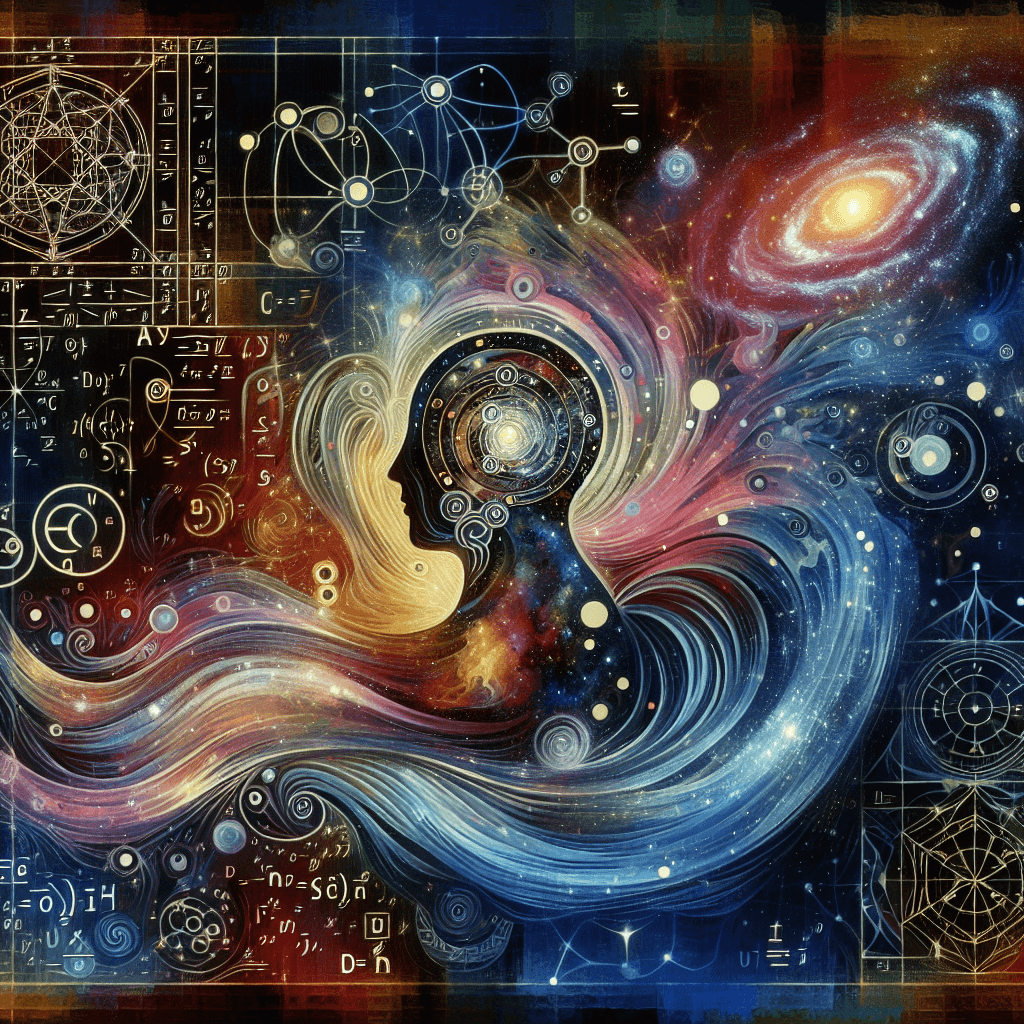
Comparing Mystical Cosmologies with Modern Scientific Theories
Introduction
The cosmos has always been a source of fascination, inspiring both mystical contemplation and scientific inquiry. Mystical cosmologies and modern scientific theories offer distinct yet sometimes converging perspectives on the universe. This comparative analysis explores the similarities and differences between these two approaches, highlighting how mystical thought has influenced contemporary space exploration and philosophy.
Mystical Cosmologies
Mystical cosmologies are rooted in ancient spiritual traditions and often blend mythology, symbolism, and metaphysical insights to explain the nature of the universe. Here are some key mystical cosmologies:
- Ancient Egyptian Cosmology:
- Sky Goddess Nut: Represents the sky, arching over the earth, adorned with stars.
- Earth God Geb: Symbolizes the earth, lying beneath Nut.
- Cosmic Order (Ma'at): Represents truth, balance, and harmony, maintained by the gods.
- Vedic Cosmology:
- Cosmic Sacrifice of Purusha: Describes the universe's creation through the sacrifice of the primordial being, emphasizing interconnectedness.
- Cyclical Time (Yugas): Time is divided into four ages, each representing different phases in the cosmic cycle.
- Cosmic Ocean (Samudra): The universe emerges from a primordial ocean, symbolizing creation's fluid nature.
- Kabbalistic Cosmology:
- Tree of Life (Etz Chaim): A diagram representing the structure of the universe and the process of creation through ten interconnected spheres (Sefirot).
- Four Worlds (Olamot): Describes four interconnected worlds, each representing different levels of reality.
- Divine Emanations: The process of creation as a series of divine emanations from the infinite light of Ein Sof.
- Babylonian Astronomy:
- Astrology: Interprets celestial phenomena as divine messages influencing human affairs.
- Ziggurats: Temples and observatories symbolizing the connection between the earthly and divine realms.
- Celestial Deities: Each planet is associated with a specific deity, governing celestial movements.
- Mayan Astronomy:
- Cosmic Tree (Wacah Chan): Represents the interconnectedness of the heavens, earth, and underworld.
- Calendar Systems: Complex calendars tracking celestial cycles for agricultural and religious activities.
- Ecliptic Path: Observations of the sun's path used to predict eclipses with spiritual significance.
- Greek Mythology and Astronomy:
- Constellations: Mythological figures and stories associated with star patterns.
- Planetary Deities: Planets named after gods, reflecting their influence on celestial movements.
- Geocentric Model: Earth-centered universe model influenced by observational data and philosophical beliefs.
Modern Scientific Theories
Modern scientific theories are based on empirical evidence, mathematical models, and rigorous experimentation. Key scientific theories include:
- Big Bang Theory:
- Describes the universe's origin from a singularity approximately 13.8 billion years ago.
- Supported by cosmic microwave background radiation and the expansion of the universe.
- General Relativity:
- Einstein's theory describing gravity as the curvature of spacetime caused by mass and energy.
- Predicts phenomena such as black holes and gravitational waves.
- Quantum Mechanics:
- Describes the behavior of particles at the smallest scales.
- Introduces concepts like wave-particle duality, superposition, and entanglement.
- Cosmic Inflation:
- Proposes a rapid expansion of the universe immediately after the Big Bang.
- Explains the uniformity of the cosmic microwave background and the distribution of galaxies.
- Multiverse Theory:
- Suggests the existence of multiple universes with different physical laws and constants.
- Arises from interpretations of quantum mechanics and cosmic inflation.
Comparative Analysis
Similarities:
- Interconnectedness: Both mystical cosmologies and modern scientific theories emphasize the interconnectedness of the universe. Mystical traditions speak of the unity of all existence, while quantum mechanics reveals entanglement and non-locality.
- Cyclical Nature: Mystical cosmologies often describe time as cyclical, with recurring ages or cycles. Similarly, modern cosmology explores cyclic models of the universe, such as the oscillating universe theory.
- Symbolism and Patterns: Sacred geometry and mystical symbols reflect underlying cosmic patterns, akin to the mathematical elegance found in physical laws and constants.
Differences:
- Methodology: Mystical cosmologies rely on spiritual insights, symbolism, and metaphysical interpretations, while modern scientific theories are grounded in empirical evidence, experimentation, and mathematical modeling.
- Purpose: Mystical cosmologies often aim to provide spiritual guidance and a deeper understanding of existence, whereas scientific theories seek to explain natural phenomena through testable hypotheses and predictive models.
- Scope: Mystical cosmologies encompass metaphysical and spiritual dimensions, while scientific theories focus on observable and measurable aspects of the universe.
Influence on Contemporary Space Exploration and Philosophy
Mystical thought has influenced contemporary space exploration and philosophy in several ways:
- Holistic Approaches: The integration of mystical insights with scientific approaches fosters a holistic perspective on space exploration, encouraging interdisciplinary collaboration and innovative solutions.
- Ethical Considerations: Mystical traditions emphasize harmony, balance, and interconnectedness, inspiring ethical considerations in space exploration and the responsible use of technology.
- Inspiration and Creativity: Mystical cosmologies provide a rich source of inspiration and creativity, influencing the design of spacecraft, mission planning, and the exploration of cosmic phenomena.
Conclusion
The comparative analysis of mystical cosmologies and modern scientific theories reveals both convergences and divergences in their approaches to understanding the universe. By integrating ancient wisdom with contemporary science, we can develop a more holistic and enriched perspective on the cosmos, guiding our exploration and deepening our connection to the mysteries of existence.
If you are passionate about space exploration and possess the skills and insights required to navigate the cosmos, consider joining the Space Guild as a Navigator. Together, we can uncover the mysteries of the universe and embark on a journey of discovery and innovation.
